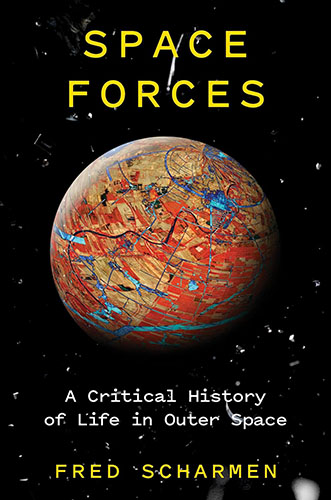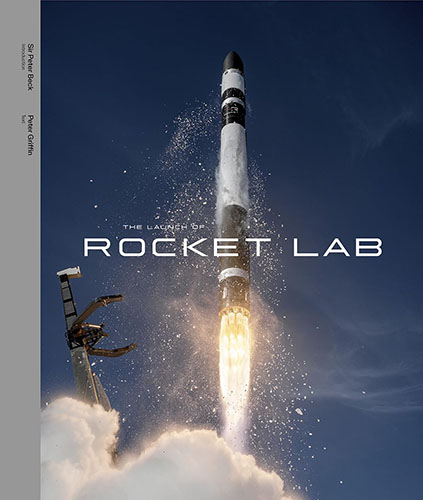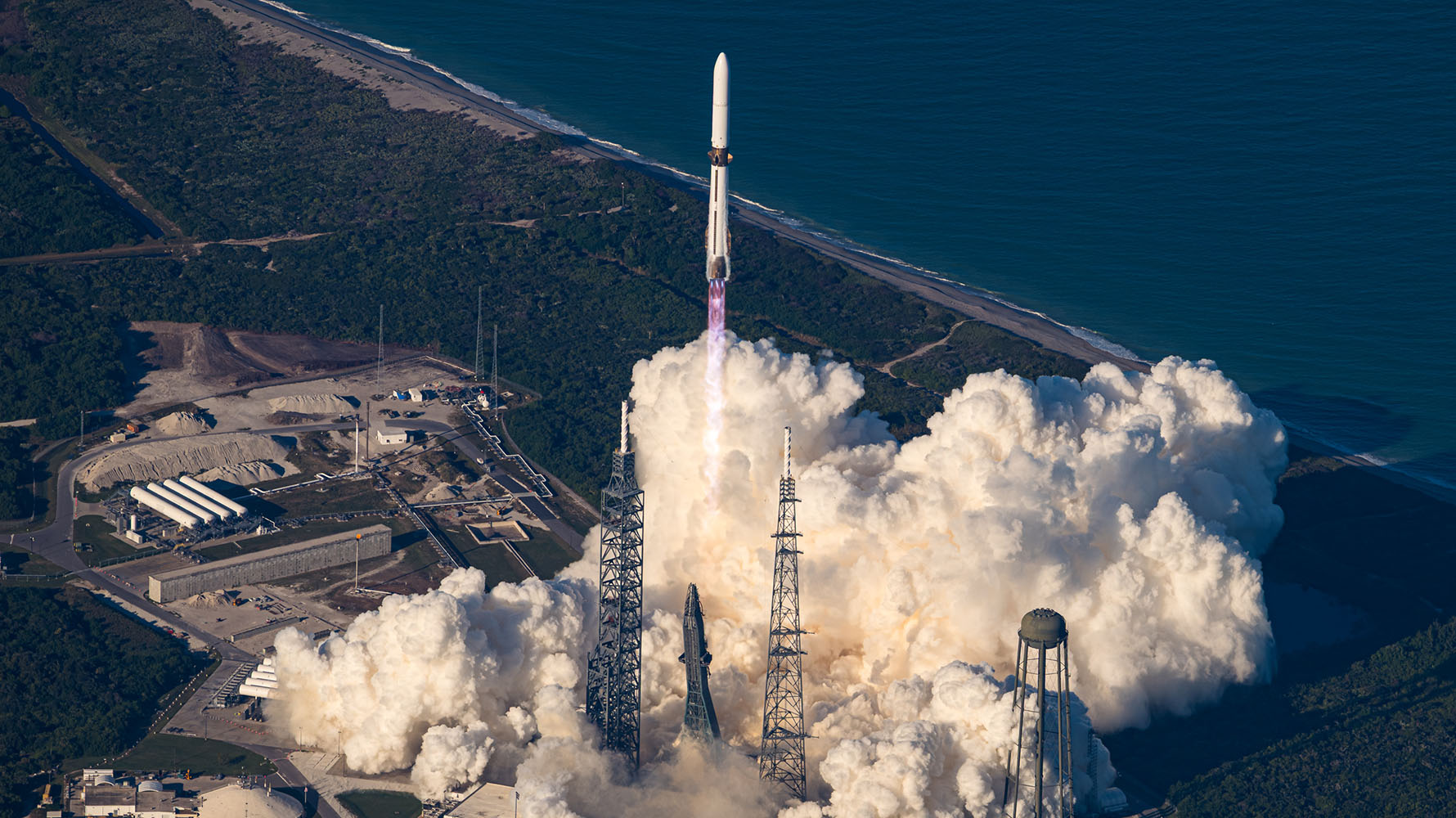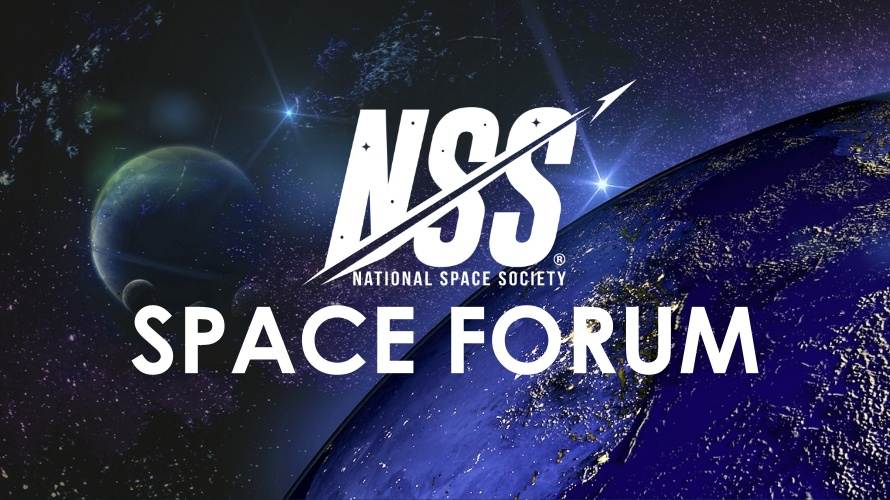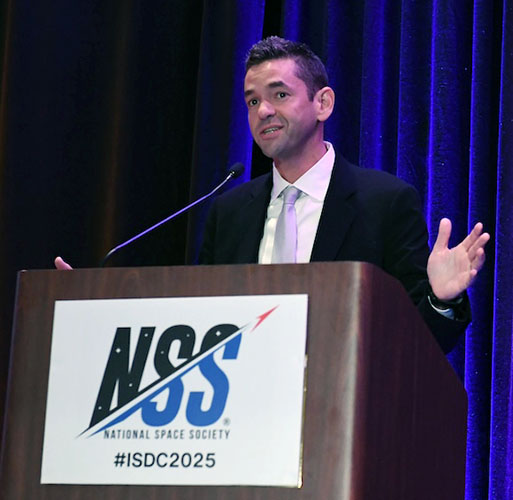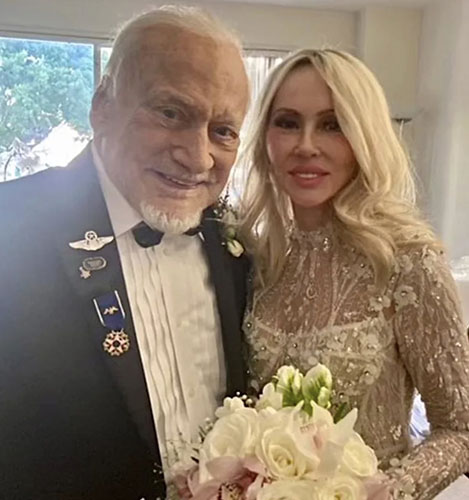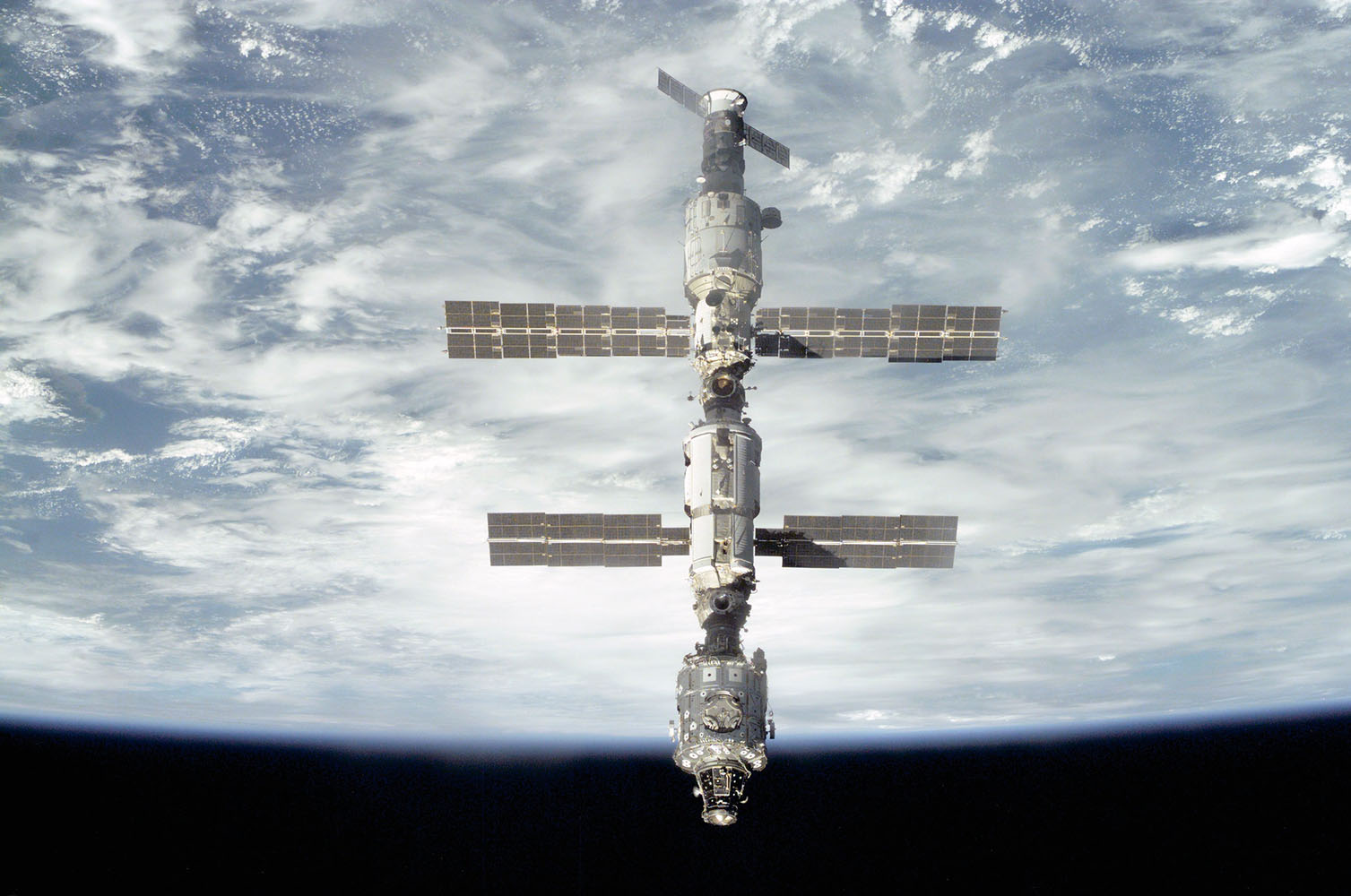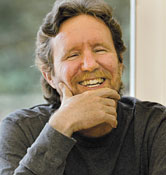 Last year National Space Society Board of Directors member Al Globus released three pre-prints that together suggested a radically easier path to space settlement. A major part of this is the discovery that space settlements in Low Earth Orbit very close to the equator (ELEO) will experience far less radiation than any other location—so little that dedicated shielding may be unnecessary. This massively reduces the mass of space settlement designs (roughly two orders of magnitude).
Last year National Space Society Board of Directors member Al Globus released three pre-prints that together suggested a radically easier path to space settlement. A major part of this is the discovery that space settlements in Low Earth Orbit very close to the equator (ELEO) will experience far less radiation than any other location—so little that dedicated shielding may be unnecessary. This massively reduces the mass of space settlement designs (roughly two orders of magnitude).
The paper focused on radiation has now been substantially revised incorporating information from a number of NCRP (National Council on Radiological Protection and Measurement) publications. The bottom line recommendations have not changed, however. This paper can be found at:
- “Orbital Space Settlement Radiation Shielding,” Al Globus and Joe Strout, preprint, June 2016. The major result of this paper is that settlements in low (~500 km) Earth equatorial orbits may not require any radiation shielding at all based on a careful analysis of requirements and extensive simulation of radiation effects. This radically reduces system mass and has profound implications for space settlement as extraterrestrial mining and manufacturing are no longer on the critical path to the first settlements, although they will be essential in later stages. It also means the first settlements can evolve from space stations, hotels, and retirement communities in relatively small steps.
These changes are also reflected in:
- “Space Settlement: An Easier Way,” by Al Globus, Stephen Covey, and Daniel Faber, June 2016 describes a relatively easy, incremental path to free space settlement by taking advantage of very low radiation levels in Equatorial Low Earth Orbit (ELEO) and higher rotation rates. Low levels of radiation in ELEO may permit settlements with little or no radiation shielding. Higher rotation rates permit much smaller settlements. Together this reduces settlement design mass by two to three orders of magnitude and places early settlements very close to Earth, radically reducing the difficulty of building the first space settlements and making launch from Earth practical. The mass model used in this paper is available here as an Excel spreadsheet.
For completeness, here is the third paper although there have been no revisions:
- “Space Settlement Population Rotation Tolerance,” Al Globus and Theodore Hall, preprint, June 2015. This paper reviews the literature to find that space settlement residents and visitors can tolerate at least four, and probably six, rotations per minute to achieve 1g of artificial gravity. This means settlements can be radically smaller, and thus easier to build, than previously believed.

